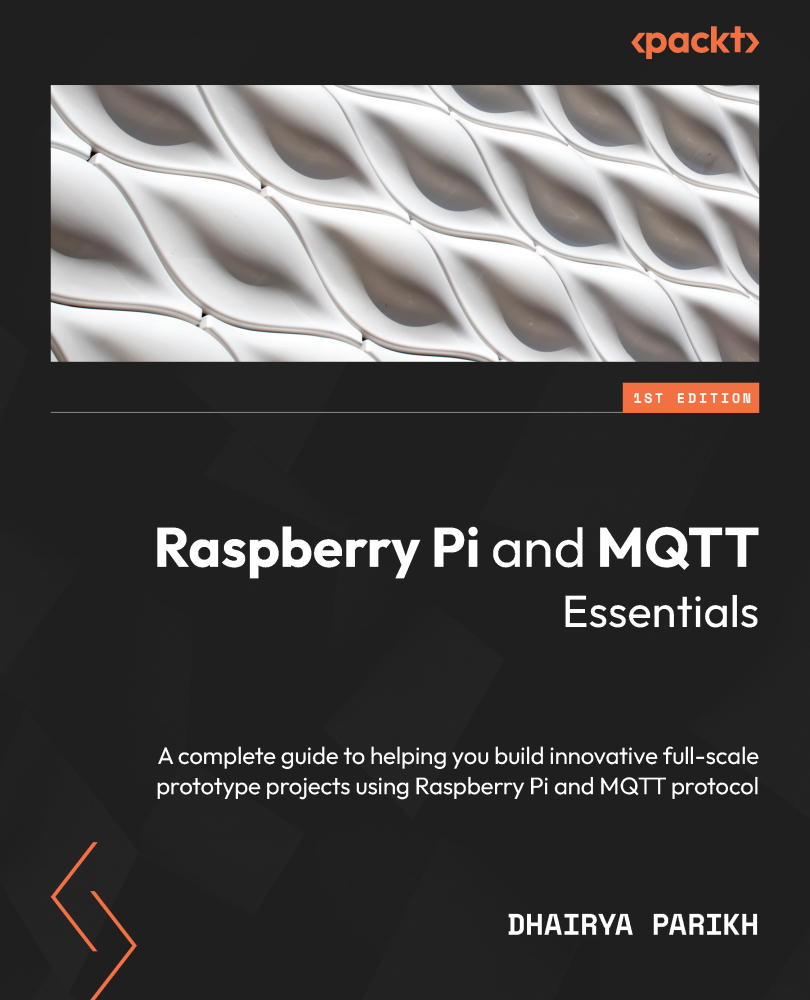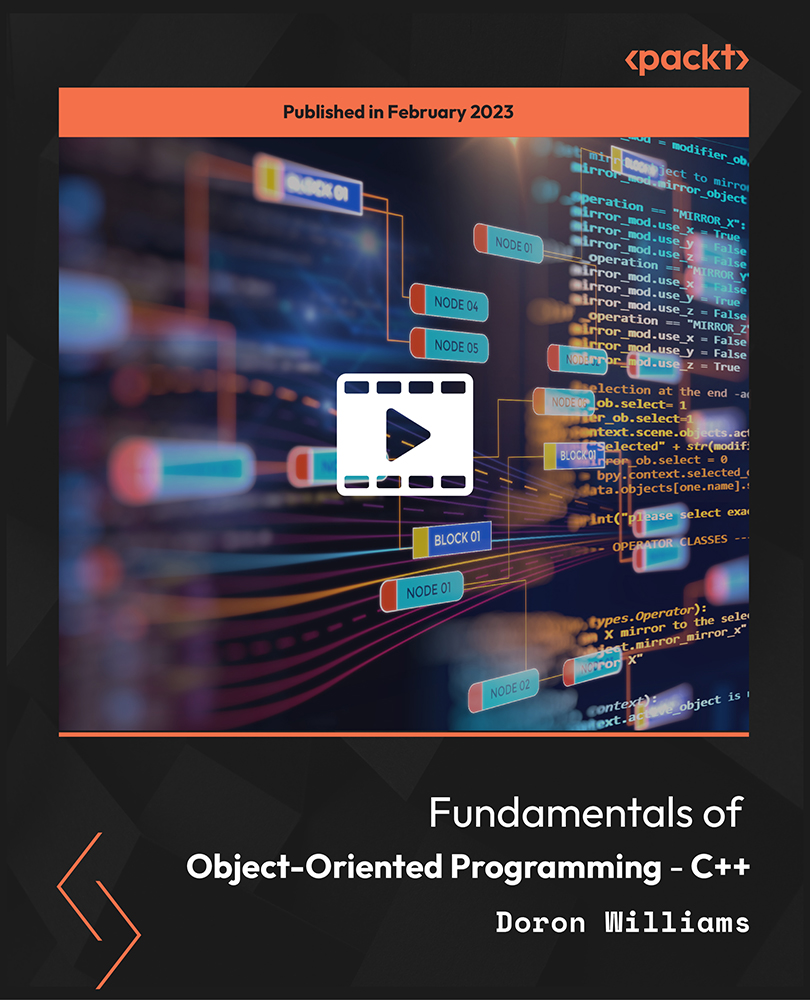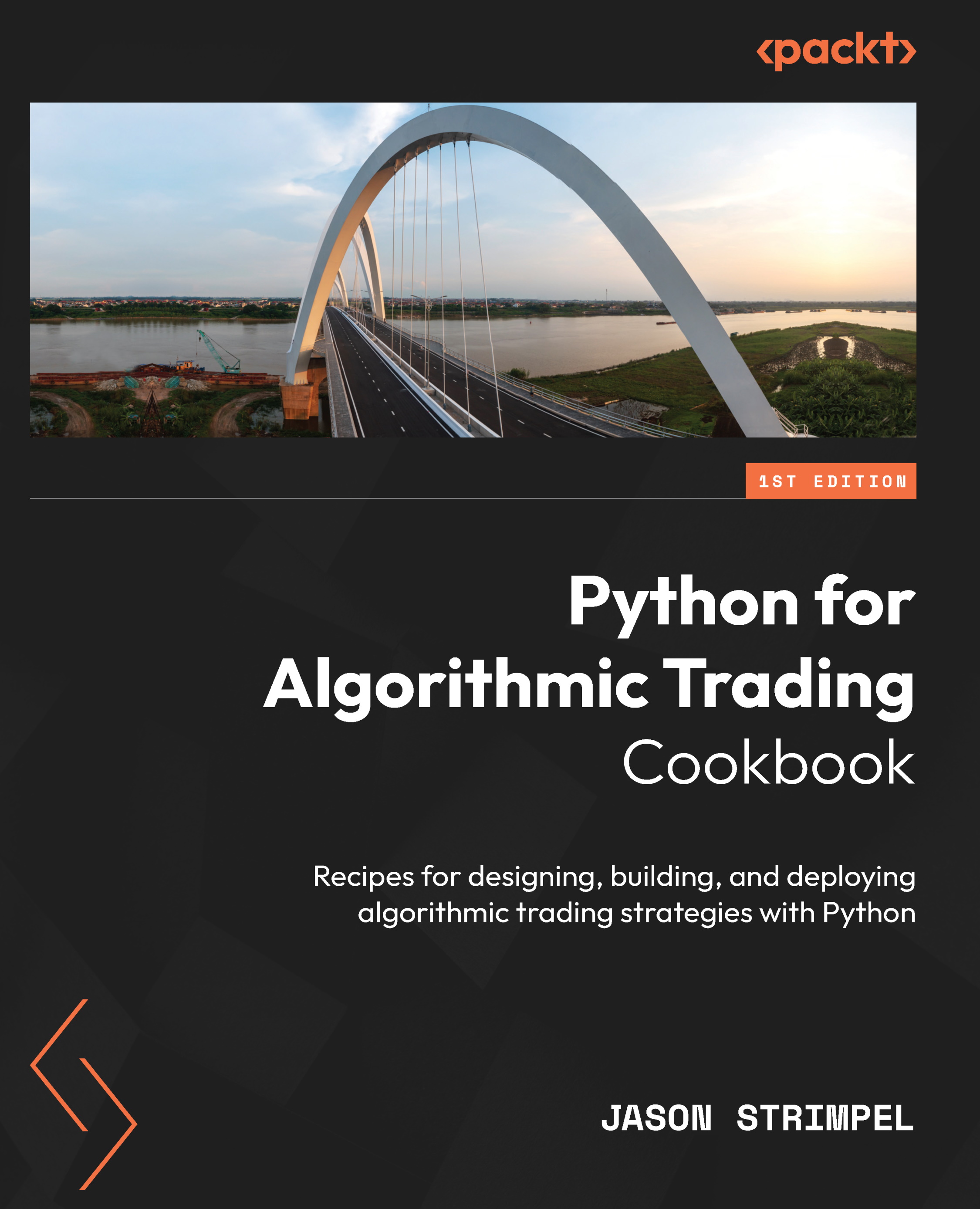Artificial intelligence (AI) and machine learning (ML) are redefining the automotive industry. Cars are no longer just mechanical systems; they are intelligent, adaptive, and connected machines. Advanced driver-assistance systems (ADAS), predictive maintenance tools, and self-driving algorithms promise safer and more efficient transportation. Yet, the integration of ML also raises pressing concerns:can we guarantee these systems behave safely, explain their choices, andcomply withstrict automotive standards?
Unlike recommendation systems or digital assistants, automotive MLoperatesinlife-critical environments. A single wrong decisionidentifyinga pedestrian, miscalculating braking distance, orfailing to detectsensor faults could have irreversible consequences. This is whytrustworthinessis not just a desirable property, but apreconditionfor adoption at scale.
Safety as the Core of Trust
In safety-critical applications, evaluating ML performance goes beyond accuracy. What matters is whether the system preserves safe operation under all circumstances. A useful framing is:
P (Safe|Model Decision)
This probability expresses the likelihood that, given a model’s action, the outcome is safe. Accuracy alone does not guarantee that the rare but dangerous cases are adequately addressed.
Equally important is theability to measure uncertainty. For example, an object recognition system in an autonomous car must know when it is unsure if a shadow is a pedestrian or just road texture. This can be modeled as predictive variance:
Var(y∣x,θ)
whereyis the outcome for inputxunder model parameters θ. Systems that quantify uncertainty allow safer fallback strategies such as driver takeover or conservative control.
Safety can also be built directly into model training. A combinedobjectivefunction might looklike:
L=Laccuracy+λ⋅Lsafety
whereLaccuracyreflects predictive performance andLsafetypenalizes unsafe decisions, weighted by factorλ. In this way, the model learns not only to be correct, but also to respect predefined safety boundaries.
Finally,confidence calibrationis vital. Regulators often require that predicted probabilities align with actual outcomes, ensuring that an ML model’s confidence is trustworthy:
E[∣y^−y∣]≤ε
whereεrepresentsthe maximum allowable deviation. Poor calibration can create dangerous overconfidence even when classification accuracy is high.
Unlock access to the largest independent learning library in Tech for FREE!
Get unlimited access to 7500+ expert-authored eBooks and video courses covering every tech area you can think of.
Renews at $19.99/month. Cancel anytime
Explainability: Building Human Trust
Even a safe system will not be widely adopted if engineers, regulators, and customers cannot understand how it works. This is whereexplainable ML (XAI)becomes indispensable.
Some prominent methods include:
>> Feature attribution tools(e.g., SHAP, LIME) that show which sensor inputs or environmental factors most influenced a model’s decision.
>> Surrogate models, such as simple decision trees approximating a deep neural network, whichmake the decision boundary more interpretable.
>> Rule-based explanations, translating complex outputs into understandable logic:“if road is slippery and braking distance exceeds threshold, reduce speed.”
Such techniques allow developers to debug failures, give regulators evidence for certification, and help buildpublic confidencein ML-driven cars.
Regulation and Safety Standards
Traditional automotive safety is governed by standards likeISO 26262, which defines processes and Automotive Safety Integrity Levels (ASILs). These were designed for deterministic, rule-based software. ML, by contrast, is probabilistic and data-driven, creating new challenges for compliance.
To bridge this gap, companies are adoptingverification and validation (V&V) frameworkstailored for ML. These include large-scale simulation testing, corner-case scenario generation, and monitoring model drift once systems are deployed. The aim is not just to test for accuracy, but to produceaudittrailsand evidence of robustness that regulators can certify.
Looking ahead, standardswilllikely evolveto explicitly account for ML, requiring documentation of uncertainty estimates, explainability reports, and continuous monitoring logs.
Emerging Pathways to Safer ML
Several technological approaches show promise in making automotive ML more trustworthy:
Cloud-NativeMLOps
Cloud platforms now allow continuous retraining and redeployment of ML models asconditions shift (e.g., new road layouts or changing weather patterns). With automated testing pipelines, everynew versioncan be checked against safety and compliance metrics before deployment.
Digital Twins and Safety-Constrained Reinforcement Learning
Digital replicas of cars and environments enable billions of simulated test miles without real-world risk. Reinforcement learning agents can be trained with explicit safety constraints, ensuring that unsafe behaviors are never reinforced.
Self-Monitoring Agentic AI
Future systems may integrate agentic AI that audits its own behavior in real-time. Such systems could flag potential regulatory violations, halt unsafe actions, or escalate control to human operators. Thisrepresentsa step toward vehicles thatself-enforce compliancerather than relying solely on external oversight.
Conclusion: Toward a Trustworthy Future
AI in automotive promises safer roads, lower maintenance costs, and smarter mobility. But none of this progress matters unless these systems areprovablysafe, transparent, and regulationready.
Automakers must embed safetyobjectivesdirectly into training and evaluation. Regulators must expand standards like ISO 26262 to incorporate probabilistic models. Cloud providers and technology partners must deliver the infrastructure for continuous monitoring and compliance assurance.
The next era of mobility will not be defined merely by how advanced ML models become, but by how muchtrustsociety places in them. Only when AI systems are demonstrably safe, explainable, and aligned with regulatory frameworks will we see widespread adoption of truly autonomous and intelligent vehicles.
References
➖ ISO 26262:2018. Road Vehicles – Functional Safety.International Organization for Standardization.
➖ Amodei, D., Olah, C., Steinhardt, J., Christiano, P., Schulman, J., & Mané, D. (2016). Concrete Problems in AI Safety.arXivpreprint arXiv:1606.06565.
➖ Doshi-Velez, F., & Kim, B. (2017). Towards a rigorous science of interpretable machine learning.arXivpreprint arXiv:1702.08608.
➖ Kendall, A., & Gal, Y. (2017). What uncertainties do we need in Bayesian deep learning for computer vision?Advances in Neural Information Processing Systems (NeurIPS).
➖ Shapley, L. S. (1953). A value forn-person games.Contributions to the Theory of Games, 2(28), 307–317. (Basis for SHAP explainability methods).
➖ National Highway Traffic Safety Administration (NHTSA). (2020). Automated Vehicles 4.0: Preparing for the Future of Transportation.U.S. Department of Transportation.
 United States
United States
 Great Britain
Great Britain
 India
India
 Germany
Germany
 France
France
 Canada
Canada
 Russia
Russia
 Spain
Spain
 Brazil
Brazil
 Australia
Australia
 Singapore
Singapore
 Canary Islands
Canary Islands
 Hungary
Hungary
 Ukraine
Ukraine
 Luxembourg
Luxembourg
 Estonia
Estonia
 Lithuania
Lithuania
 South Korea
South Korea
 Turkey
Turkey
 Switzerland
Switzerland
 Colombia
Colombia
 Taiwan
Taiwan
 Chile
Chile
 Norway
Norway
 Ecuador
Ecuador
 Indonesia
Indonesia
 New Zealand
New Zealand
 Cyprus
Cyprus
 Denmark
Denmark
 Finland
Finland
 Poland
Poland
 Malta
Malta
 Czechia
Czechia
 Austria
Austria
 Sweden
Sweden
 Italy
Italy
 Egypt
Egypt
 Belgium
Belgium
 Portugal
Portugal
 Slovenia
Slovenia
 Ireland
Ireland
 Romania
Romania
 Greece
Greece
 Argentina
Argentina
 Netherlands
Netherlands
 Bulgaria
Bulgaria
 Latvia
Latvia
 South Africa
South Africa
 Malaysia
Malaysia
 Japan
Japan
 Slovakia
Slovakia
 Philippines
Philippines
 Mexico
Mexico
 Thailand
Thailand
















